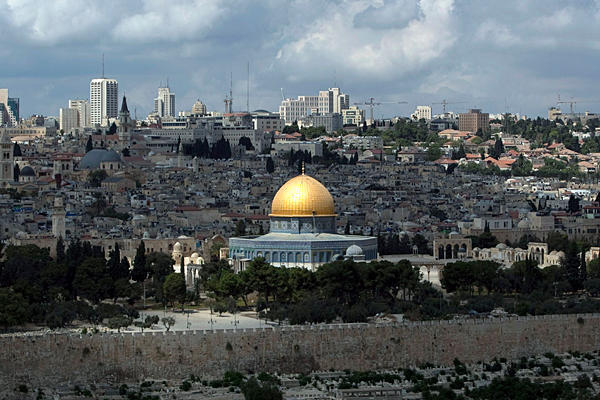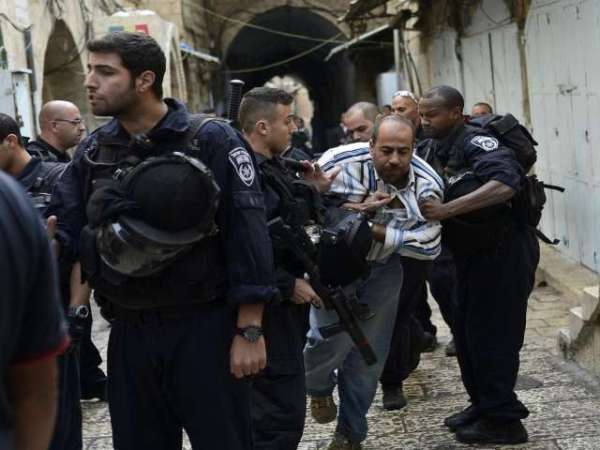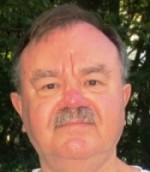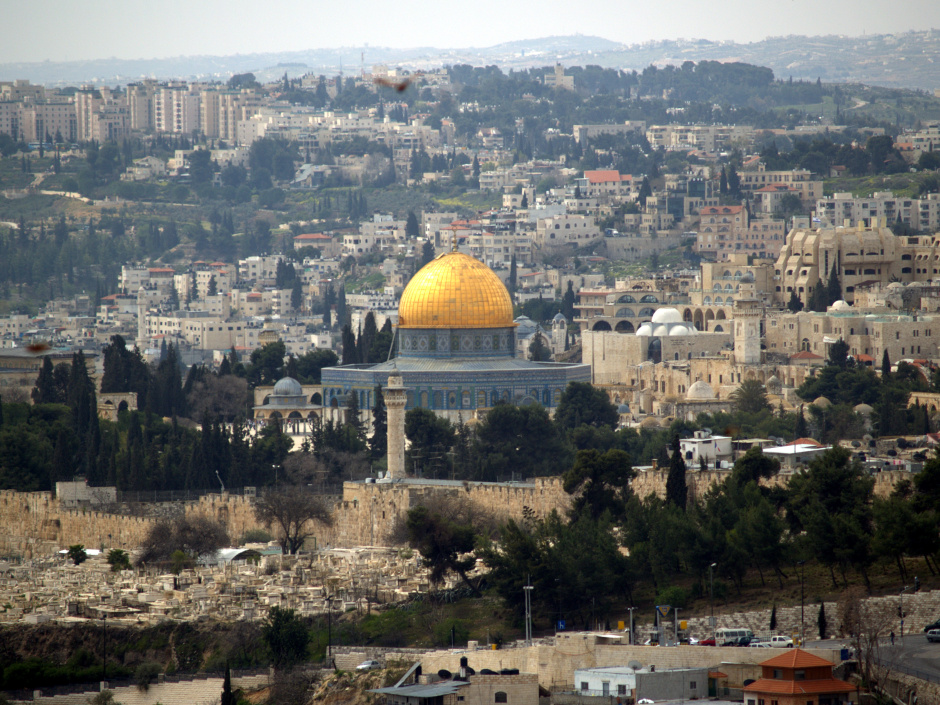The Gaza War between Hamas and Israel last summer may not have extended to the West Bank, but it has unleashed a wave of urban violence in eastern and western Jerusalem, affecting its transportation system and dividing its Arab and Jewish segments even further apart.
Given the use of attack vehicles in this unrest, which in the past few weeks has seen Palestinian drivers crashing into Israeli pedestrians, killing three and injuring more than 20, some are calling it the “run-over intifada.”

Jerusalem has been on edge for months, with almost nightly clashes in the Arab neighborhoods of East Jerusalem, which Israel annexed after the 1967 Six Day War . Nine people, including four perpetrators or alleged perpetrators of attacks, have been killed in the city since July. Running battles between Palestinian youths and Israeli security forces are now a daily occurrence in its narrow streets.
The first intifada, or uprising, started on Dec. 8, 1987, when an Israeli military truck hit cars carrying Palestinian workers returning to the Gaza Strip, killing four.
The second intifada was set off by a visit to the holy site in Jerusalem’s Old City known to Jews as the Temple Mount and to Muslims as the Noble Sanctuary, by Ariel Sharon, then a candidate for prime minister, on Sept. 28, 2000. In the ensuing five years of violence, some 3,000 Palestinians and 1,000 Israelis were killed.

Once again, tension at this site, arguably the world’s most desired piece of religious real estate, has inflamed passions. This is where kings Solomon and Herod built their temples. The Western Wall of the second temple, at the base of the Temple Mount, is the holiest site in Judaism.
For Muslims, the Haram al‑Sharif (the Noble Sanctuary) is where Muhammad began his famous Night Journey to heaven. It is the third holiest site in Islam.
Since the year 638, it has been, except in the Crusader period and after 1967, when Israel wrested the Old City from Jordan, under the control of the Muslims. It is where Caliph Abd al‑Malik dedicated the Dome of the Rock and the al-Aqsa Mosque at the end of the seventh century.
Israelis and Palestinians both claim the city as their capital. Of its 800,000 residents, a third are ultra-Orthodox Jews, and a third are Palestinians who refuse to acknowledge the Israeli annexation of East Jerusalem after 1967 and resist becoming citizens of Israel.

On Oct. 30, Israel temporarily barred all access to the site to Muslims for the first time in many years. This followed the Israeli killing of a Palestinian man suspected of trying to assassinate a right-wing Israeli rabbi, Yehuda Glick, who for years has advocated for Jews to gain more prayer rights on the Temple Mount.
He is associated with the Temple Mount Faithful, a religious group that seeks to rebuild a Jewish temple on the site where the al-Aqsa Mosque now stands.
Israeli authorities also added concrete barriers around the 24 stops along Jerusalem’s 14-kilometer light railway, two of which were the sites of the deadly vehicular attacks.
This has also strained Israel’s ties with neighboring Jordan, which ruled the Old City between 1948 and 1967. Jordan’s King Abdullah II is al-Aqsa’s official custodian, and the Jordanian minister of Islamic Affairs, Hayel Daoud, called the closing “state terrorism by the Israeli authorities.”
Jordan, which has had a peace treaty with Israel since 1994, recalled its ambassador in Tel Aviv, saying the move was to protest Israeli “violations” at the site. Israeli Prime Minister Benjamin Netanyahu reassured King Abdullah in a phone call that he was committed to maintaining the status quo at the contested holy site, and that Israel would make every effort to restore calm there.
Those pushing for a change in the status quo at the site presented “a personal view and not the policy of the government,” added spokesperson Mark Regev.
The backdrop to all of this is the continued construction of hundreds of new apartments for Jewish settlers on land that Palestinians want as part of any future Palestinian state. On Nov. 3, Israel announced it would push ahead with 500 new housing units in Ramat Shlomo, in East Jerusalem.
Netanyahu pledged on Oct. 27 to build more than 1,000 new settler homes — more than 600 in Ramat Shlomo and around another 400 in Har Homa, another East Jerusalem settlement. “The French build in Paris,” remarked Netanyahu, “The English in London. Tell the Jews not to live in Jerusalem?”
Is all of this leading to a third intifada?

President Mahmoud Abbas of the Palestinian Authority, in an interview on Israeli television, denied it. But Mustafa Barghouti, a member of the Palestine Liberation Organization’s central council and a leader of the first intifada, issued a news release saying the third one had already begun.
As well, Hamas has applauded the attack. “We praise this heroic operation,” a spokesman said. “We call for more such operations.”
Events in a pressure cooker like Jerusalem can quickly spin out of control, of course, so no one knows.
Henry Srebrnik is a professor of political science at the University of Prince Edward Island.

